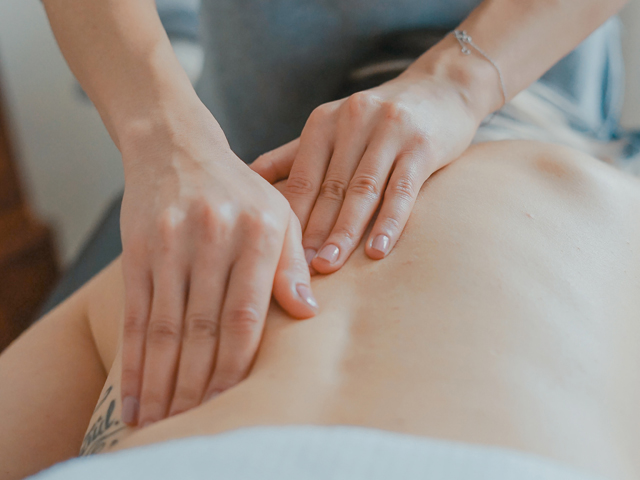Physiotherapy For Stroke Survivors

Stroke affects more than 50,000 Australians each year and is the third leading cause of disability worldwide. Persistent difficulty using the arm and hand is a major contributor to physical disability after stroke. In the lead up to National Stroke Week (2 - 8 September), a new pilot study led by Australian Physiotherapy Association (APA) member Dr Kate Hayward is testing the timing of when to deliver an intense program of upper limb rehabilitation after stroke in order to achieve functional recovery.
Losing the ability to use the arm and hand is a devastating outcome for many stroke survivors. Dr Hayward, a researcher in the Department of Physiotherapy at Melbourne University and at the Florey Institute of Neuroscience and Mental Health, says up to 70 per cent of stroke survivors have problems using their arm and hand after stroke, making simple tasks like showering, typing an email or making a cup of coffee very difficult.
The VESPUR (Very Early Start to Personalised Upper Limb Rehab after Stroke) trial will offer a large amount of practice to determine the right time to intervene to achieve optimal recovery of arm and hand function in acute stroke patients.
Dr Hayward says that currently the amount of training focused on the arms and hands after stroke is very low, which may impede a patient achieving their full potential for recovery.
"Clinical trials that increase the amount of training have shown we can help patients get a little better, but for meaningful arm and hand recovery we need a breakthrough. We need to understand right dose and right time to impact recovery after stroke. The VESPUR trial aims to fill this gap. We hope the outcomes of the trial will ultimately move us closer to delivering tailored motor training programs for all stroke survivors who have upper limb movement problems."
While the VESPUR trial is targeting the early phase after stroke, other research undertaken recently in the UK found that intense upper limb rehabilitation, which included physiotherapy time, in chronic stroke patients (defined as those who have had their stroke more than six months ago) can reduce impairment, which was previously thought to be possible only in the first three months after stroke.
Dr Hayward says: "If we can help people get better recovery of their arm and hand function, we can accelerate their pathway to getting back to what matters most to them."
Photo by Toa Heftiba on Unsplash
MORE



